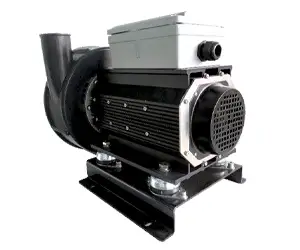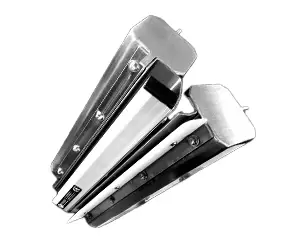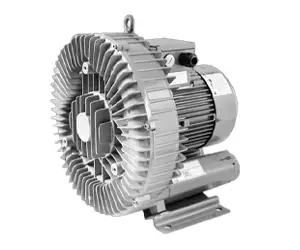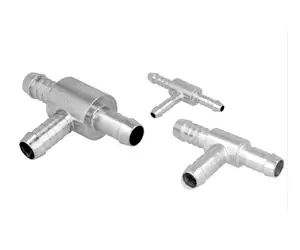The advantages and disadvantages of compressed air

Compressed air has developed into an essential element and vital utility for a huge number of industrial processes across business all over the UK. Not only does it power instrumentation, control units and hand tools it is required to drive processes in other applications too.
Whilst it is almost an essential part of industry these days it is also important that people understand the advantages and disadvantages of compressed air before investing and considering the other alternatives:
The cost
It is estimated that the average business that utilises compressed air units dedicates around 30% of their electricity budget on compressed air. They may not even be using a large amount in their day-to-day running but compressed air is notoriously expensive to reproduce.
The waste
The investment into using compressed air isn’t one that you may call economical at times. Compressed air can be very wasteful; as little as 8-10% of the electricity used is converted into usable energy. On top of this, systems that use compressed air can be wasteful too. Either through leaks, poor maintenance, poor planning and poor control, even more energy can be wasted.
Are there any alternatives?
The use of compressed air isn’t the only option. There are, in fact, many alternatives that are much more economical and energy friendly. Centrifugal blowers are a great alternative for cooling, aspirating, agitating, mixing or to inflate packaging.
Airknife systems are a much more economical alternative to compressed air for drying or even cleaning conveyor parts from debris. Airknives are also able to drastically reduce noise pollution compared to compressed air units thanks to the lower pressures and expansion ratio. By being both free of oil and completely dry, air knives are also much cleaner and require less cleaning and maintenance costs.
Airknives are also a much safer option as they produce air under high velocity but low pressure to avoid any danger to operators and other employees present in the warehouse.






